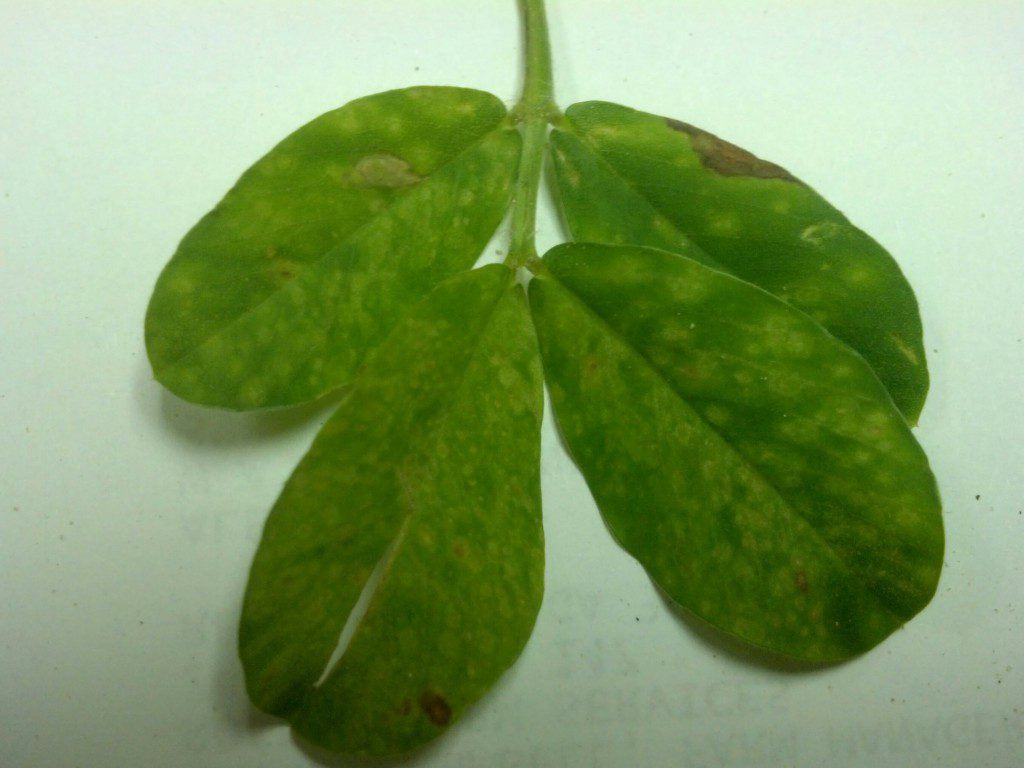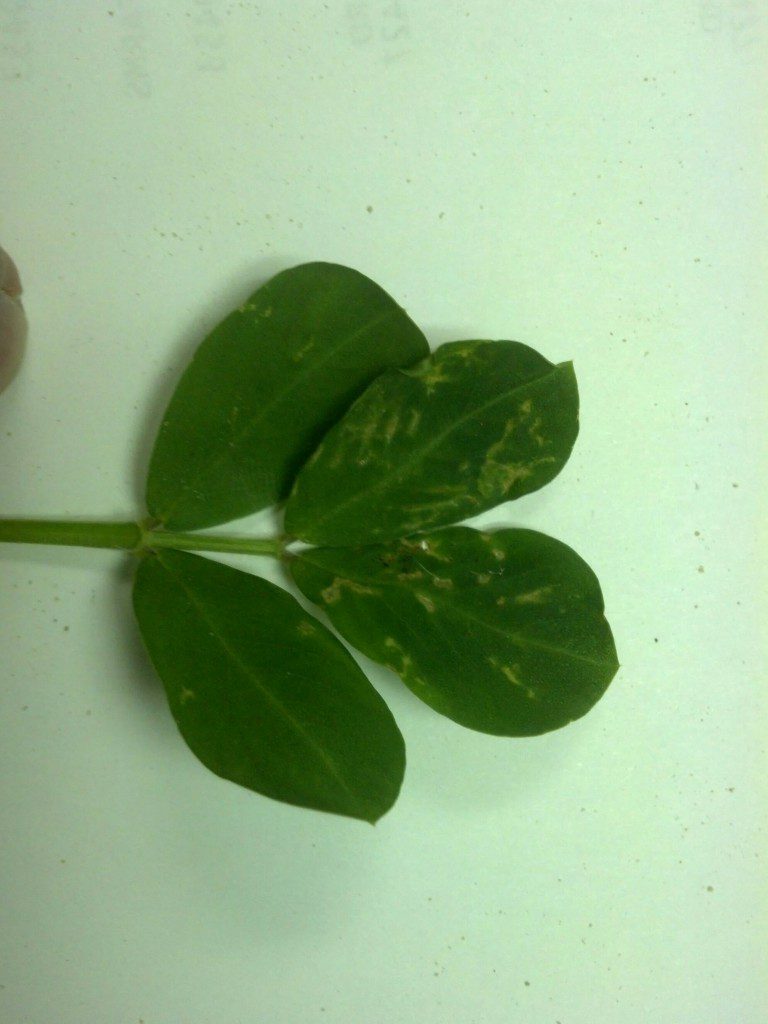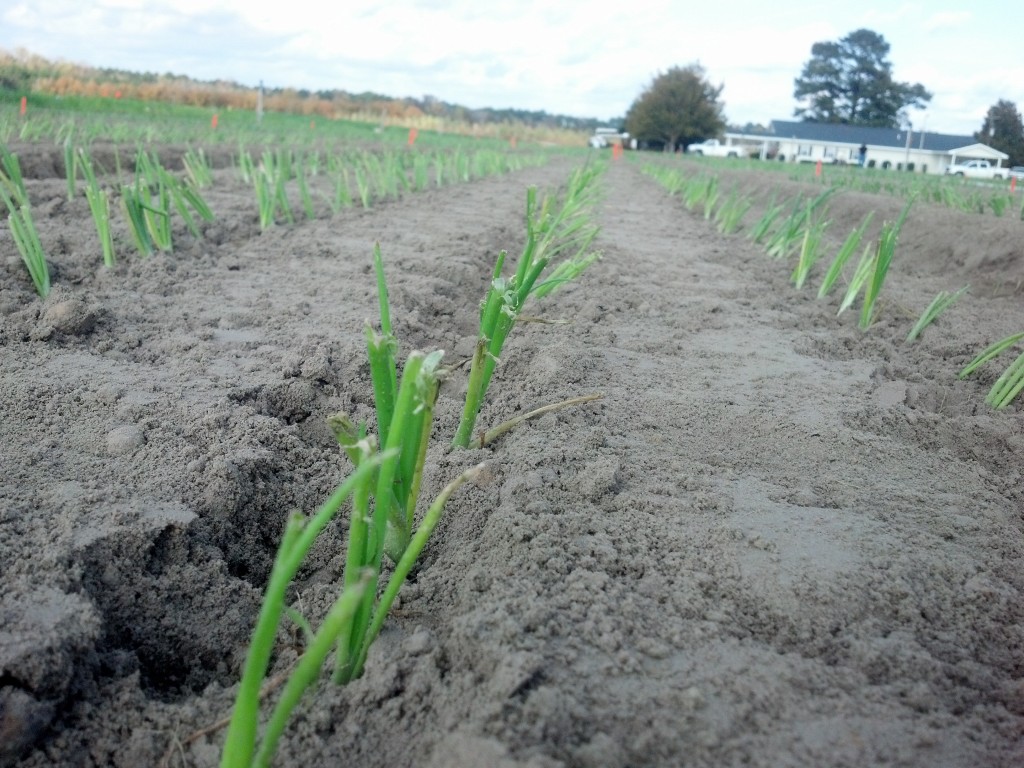A major management decision peanut growers will face in 2017 will be how to manage thrips and Tomato Spotted Wilt Virus (TSWV). Thrips will be present in virtually every peanut field in the state, but how large populations will be is anyone’s guess. It is also unknown how severe TSWV will be this year.


Most growers in 2017 will use either phorate (Thimet) or imidacloprid (Admire Pro or others) in furrow with the seed. Both of these treatments kill thrips, and each has its own set of pros and cons. THIMET IS STILL THE ONLY INSECTICIDE AVAILABLE THAT HAS BEEN PROVEN TO REDUCE THE RISK OF TOMATO SPOTTED WILT VIRUS (TSWV) IN PEANUT!!!! While other insecticides can reduce thrips and thrips damage, they have not been proven to reduce or control spotted wilt. This disease is transmitted by thrips, and fields planted prior to 10 May are at increased risk of infection. Aldicarb (Ag Logic 15G) can be used in peanut in 2017. This product should be another good option for thrips control, but growers should be reminded that aldicarb will not reduce the risk of TSWV.
CruiserMaxx Peanut is still available in 2017. This seed treatment is very convenient for growers, but a foliar application of acephate (Orthene) is needed to prevent thrips injury if insect pressure is moderate to high. Because we cannot predict the intensity of thrips pressure, I suggest growers who use CruiserMaxx Peanut plan on making an acephate application within the first 20 days of planting.
(Information for this article provided by Dr. Mark Abney, March 2017 Peanut Pointers)
